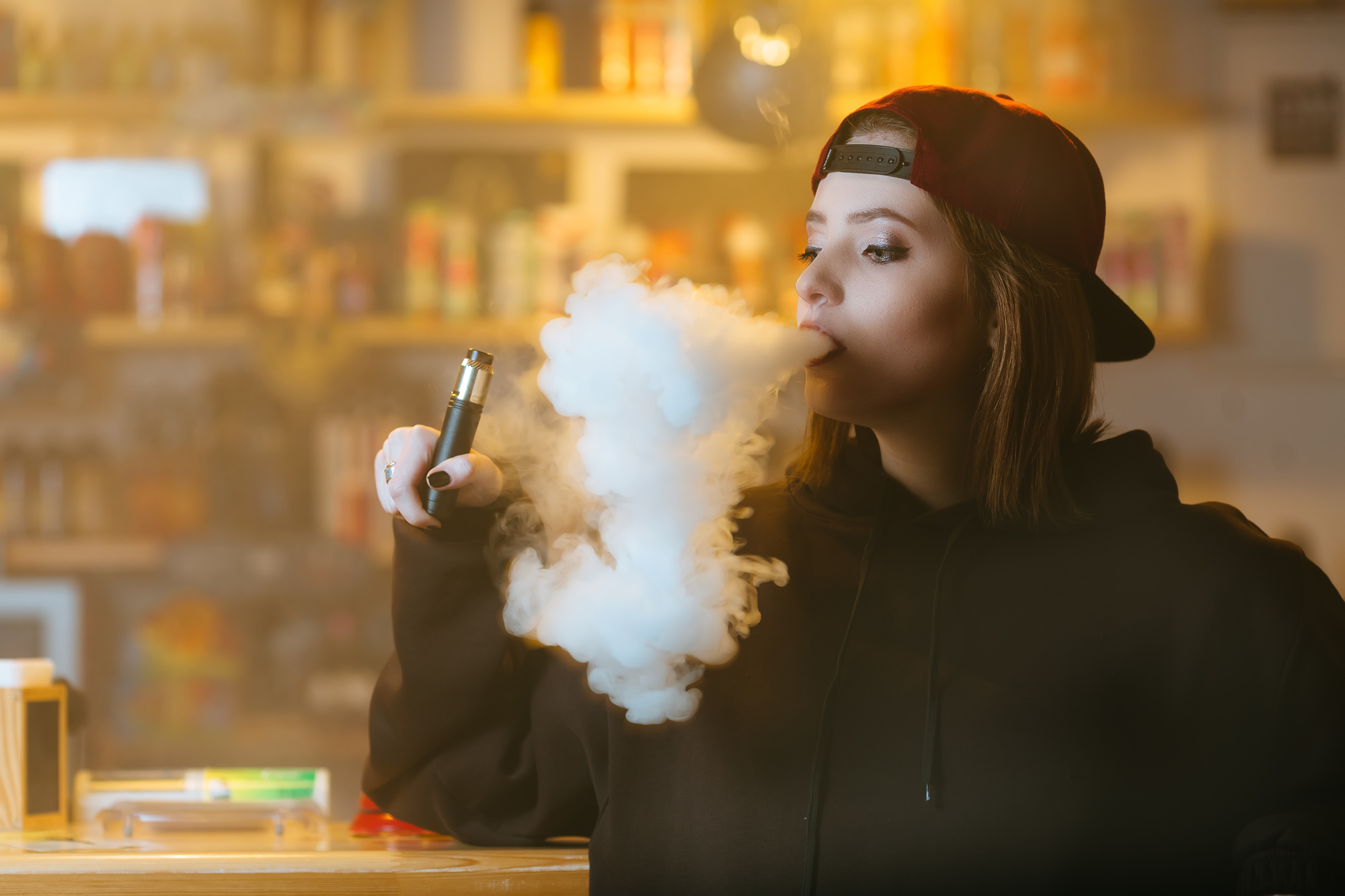Introduction:
Vaping doozy eliquid has become a cultural phenomenon, captivating millions worldwide with its allure of smoke-free alternatives to traditional smoking. This article delves deep into the intricacies of vaping, exploring its origins, mechanics, health implications, societal impact, and the ongoing debates surrounding its usage.
- The Genesis of Vaping:
Vaping, in its modern form, emerged in the early 2000s as a purported safer alternative to smoking. Chinese pharmacist Hon Lik is often credited with inventing the e-cigarette, motivated by his father’s struggle with smoking-related illness. Lik’s invention utilized a battery-powered device to vaporize a nicotine solution, providing users with a smoke-like sensation without the harmful combustion of tobacco. - Mechanics of Vaping:
At the heart of every vape device lies the atomizer, responsible for heating the e-liquid and transforming it into inhalable vapor. This liquid, typically composed of propylene glycol, vegetable glycerin, nicotine, and flavorings, is housed in a cartridge or tank. Upon activation, the atomizer heats the liquid, producing vapor that is then inhaled by the user through a mouthpiece. Advanced vaping devices offer customizable features such as adjustable airflow, wattage, and temperature control, catering to diverse user preferences. - Health Implications:
While vaping is often marketed as a safer alternative to smoking, its long-term health effects remain a subject of intense debate and ongoing research. Proponents argue that vaping eliminates the harmful byproducts of combustion, significantly reducing the risk of respiratory diseases associated with traditional smoking. However, concerns persist regarding the potential adverse effects of inhaling vaporized chemicals, particularly in the absence of long-term studies assessing their impact on human health. Moreover, the recent outbreak of vaping-related lung injuries, primarily linked to the use of illicit THC cartridges, has underscored the need for rigorous regulation and consumer awareness. - Societal Impact:
The rise of vaping has reshaped societal norms surrounding smoking, particularly among younger demographics. Vape culture, characterized by sleek designs, flavorful e-liquids, and social media influencers, has garnered widespread appeal among adolescents and young adults. Concerns have been raised regarding the normalization of vaping, its potential gateway effect to traditional smoking, and the proliferation of nicotine addiction among non-smoking youth. Regulatory efforts, such as flavor bans and marketing restrictions, aim to mitigate these risks and safeguard public health. - The Debate Continues:
As the vaping landscape evolves, so too do the debates surrounding its regulation, accessibility, and societal impact. Advocates emphasize the harm reduction potential of vaping, citing its role in smoking cessation efforts and harm reduction strategies. Conversely, critics highlight the lack of long-term safety data, the aggressive marketing tactics employed by industry players, and the potential for renormalizing nicotine addiction. Achieving a balance between promoting harm reduction and protecting public health remains a formidable challenge for policymakers, healthcare professionals, and society at large.
Conclusion:
Vaping represents a complex intersection of technology, public health, and social dynamics, eliciting fervent debates and divergent viewpoints. While proponents champion its potential to mitigate the harms of traditional smoking, skeptics urge caution in light of emerging health concerns and societal implications. As the discourse surrounding vaping continues to unfold, informed decision-making and evidence-based regulation are imperative to navigate the evolving landscape of nicotine consumption.

